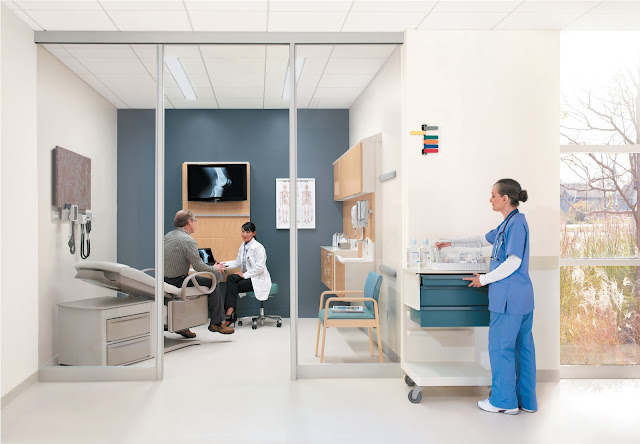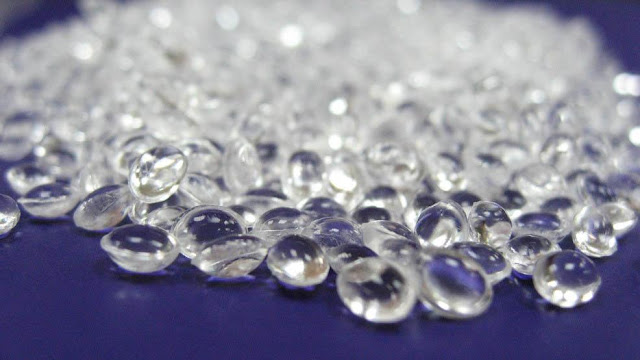Hazardous Location Led Lighting Market
The Hazardous Location LED Lighting market has witnessed significant growth in recent years owing to the numerous advantages offered by LED lighting such as long lifespan, high energy efficiency, durability and lower maintenance costs. LED lights are increasingly being adopted in hazardous industrial locations such as oil and gas rigs, mines, chemical plants etc. to replace traditional lighting solutions like fluorescent tubes and high pressure sodium lamps. LED lights produce less heat and are shatterproof, making them safer for use in hazardous areas prone to flammable gases and dust explosions.
The global Hazardous Location Led Lighting Market is estimated to be valued at Us$ 607.13 Bn in 2024 and is expected to exhibit a CAGR Of 10% over the forecast period 2024-2031, as highlighted in a new report published by Coherent Market Insights.
Market Opportunity:
The increased demand for energy efficient and eco-friendly lighting solutions from various industries represents a major market opportunity for hazardous location LED lighting vendors. Various governments across the world are promoting the adoption of LED lights through subsidies and incentives in order to reduce energy consumption as well as carbon footprint. The European Union's Ecodesign directive mandates the phasing out of traditional lighting by 2023. The growing focus on curbing greenhouse gas emissions and achieving net zero goals will further drive the replacement of conventional lighting with LED lights globally. Hazardous location LED lighting suppliers can tap into this demand by developing innovative and cost-effective product portfolio tailored for applications across oil & gas, mining, manufacturing and other high-risk industries.
Porter's Analysis
Threat of new entrants: Low-to-moderate as the hazardous location LED lighting market requires significant capital for R&D and certification to meet safety standards. Bargaining power of buyers: Moderate as buyers have some choice between suppliers but are limited by safety requirements. Bargaining power of suppliers: Moderate as suppliers need certifications but there are some competitors. Threat of new substitutes: Low as hazardous location lighting requires specific safety certifications that alternatives lack. Competitive rivalry: High between major suppliers as they compete on innovation, quality, and customer service to gain market share in strategic hazardous industries.
SWOT Analysis
Strengths: LED lighting is more durable and energy efficient than traditional lighting, helping reduce costs for customers.
Weaknesses: Initial investment required is high due to certification and safety requirements.
Opportunities: Growing industrial automation and expansion into new hazardous industries increases addressable market potential.
Threats: Technological innovation may disrupt lighting needs or environmental regulations could change specifications required.
Key Takeaways
The North American region currently dominates the market due to large process industries and early adoption of LED technology.
Key players operating in the hazardous location LED lighting market are Clasado Biosciences, VW-Ingredients, Shandong Longli Biotechnology Co., Ltd, Prenexus Health., Ingredion, Tata Chemicals Ltd., Yakult Honsha Co., Ltd., Tate & Lyle, Roquette Frà ̈res, Cosucra, International Flavors & Fragrances Inc., Nestlé S.A., Renew Life, Mimi's Rock Corp, Procter & Gamble, AIDP, Hyperbiotics, Jarrow Formulas, Inc., InnovixLabs, and Life Extension Metabolic Maintenance, Naturesvelvet,
Get more insights on this topic :
https://www.marketwebjournal.com/hazardous-location-led-lighting-is-expected-to-be-flourished-by-rapid-industrialization/
Check more trending articles on this topic:
https://masstamilan.tv/data-governance-ensuring-trust-and-security-in-the-digital-era/




Comments
Post a Comment